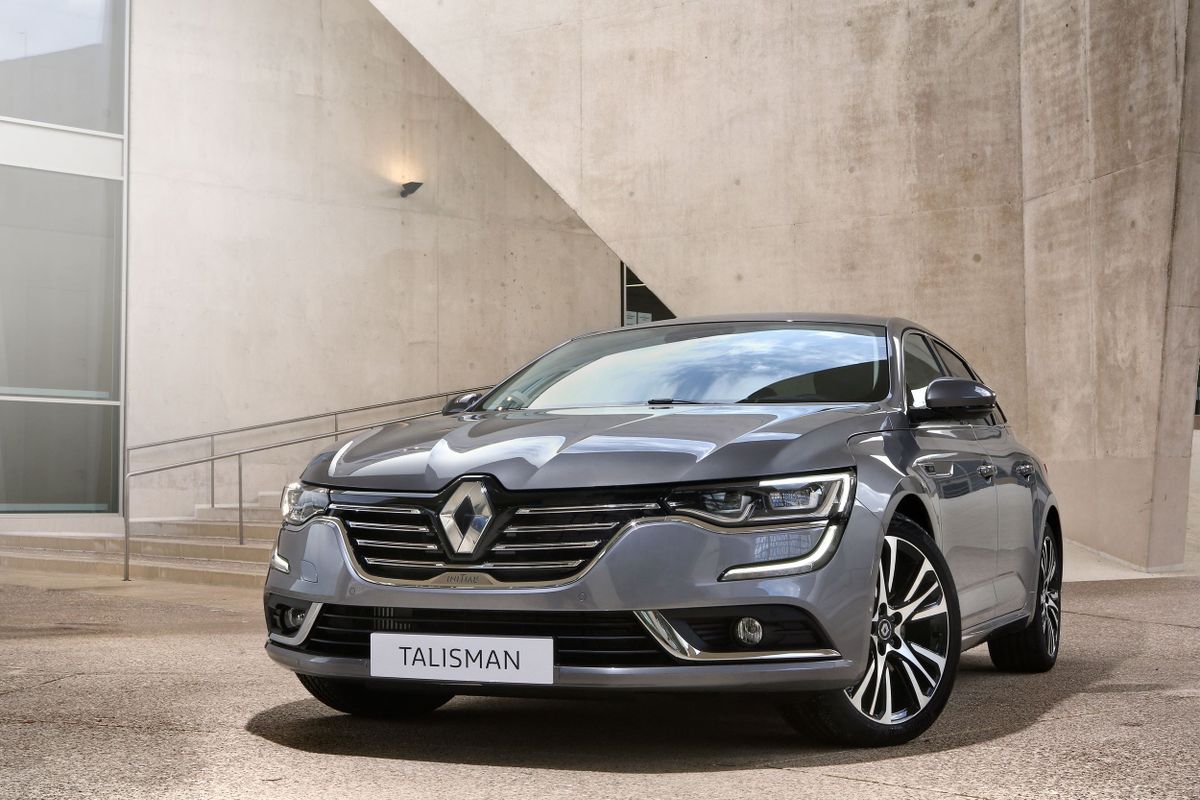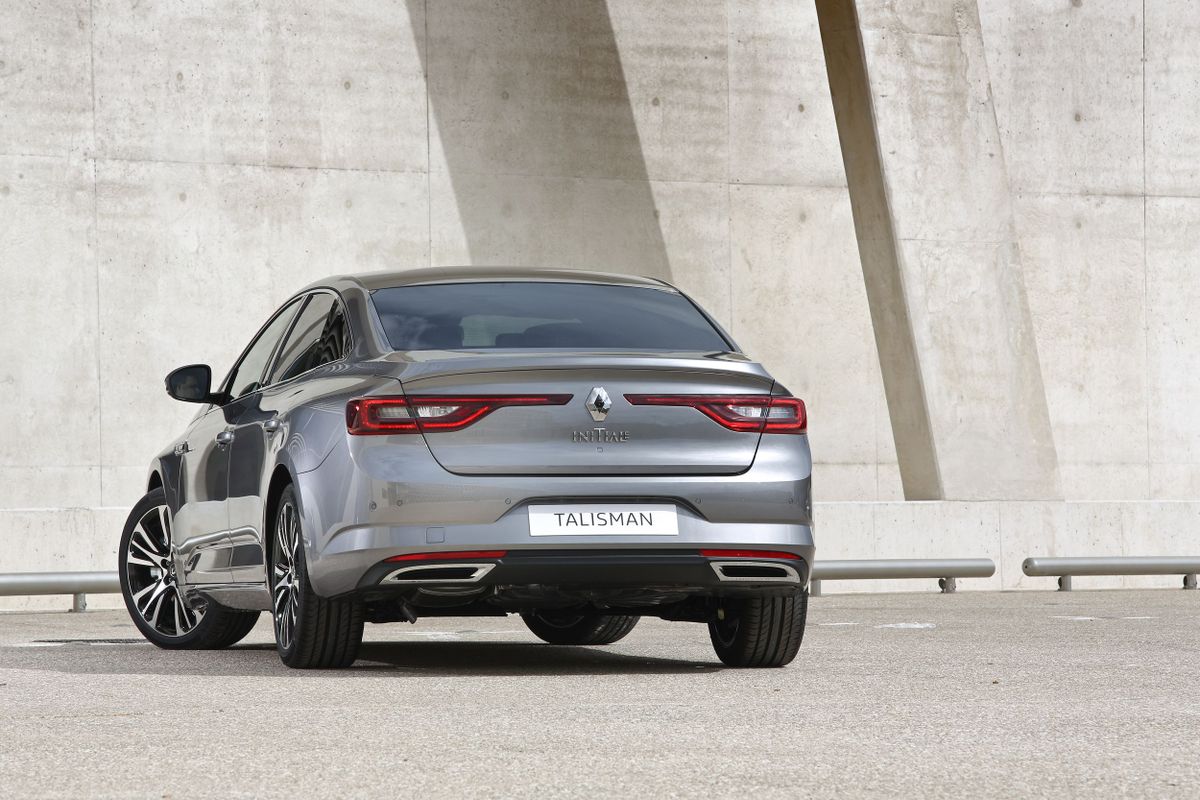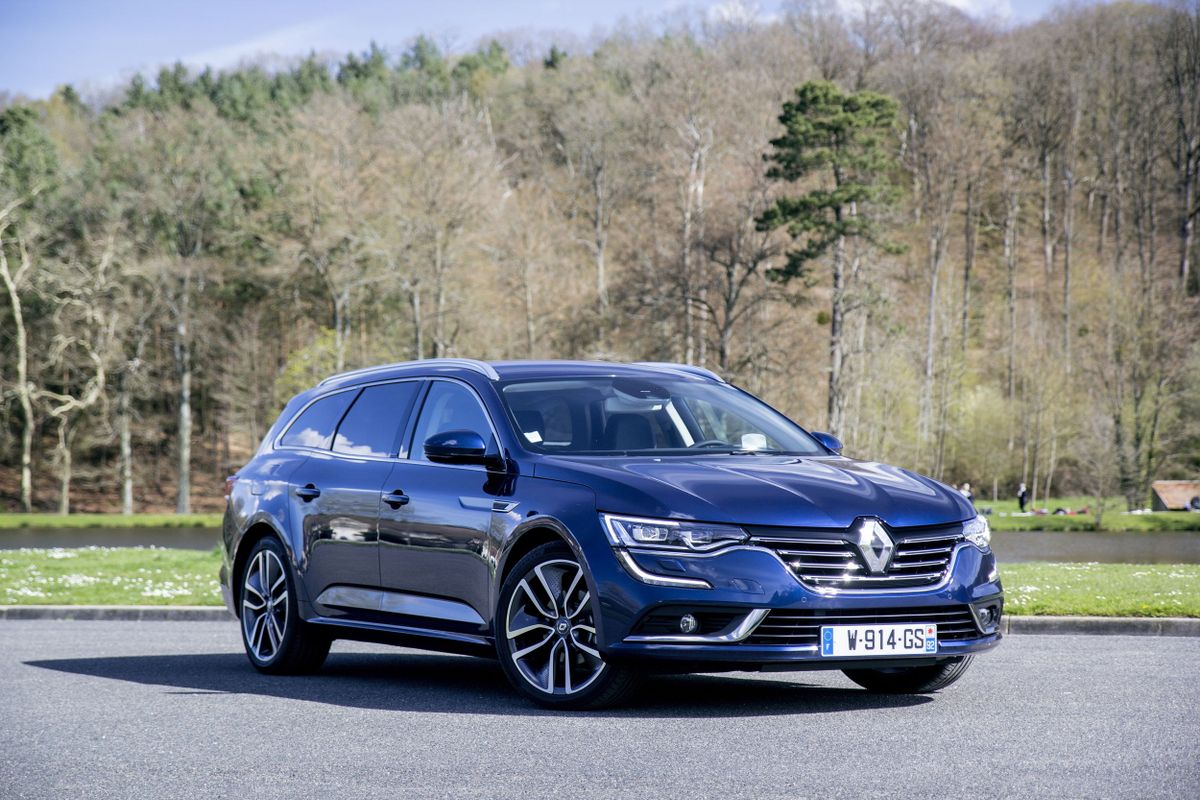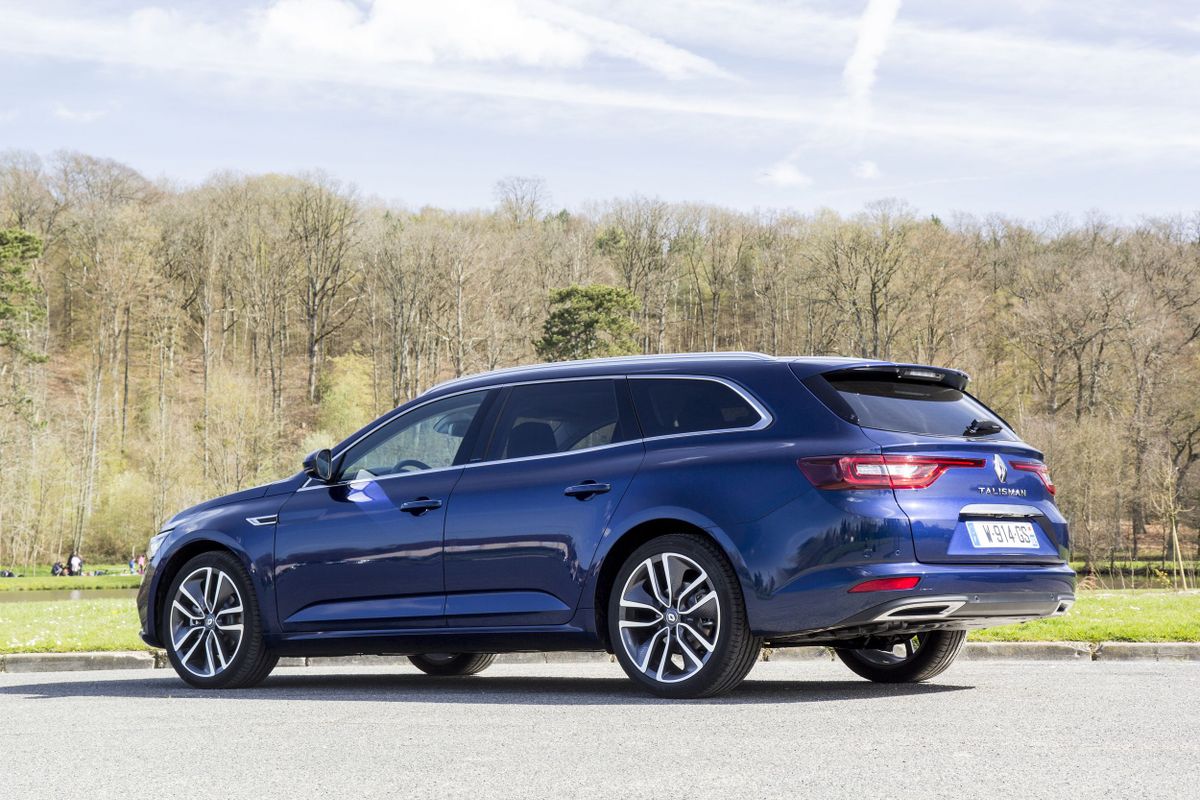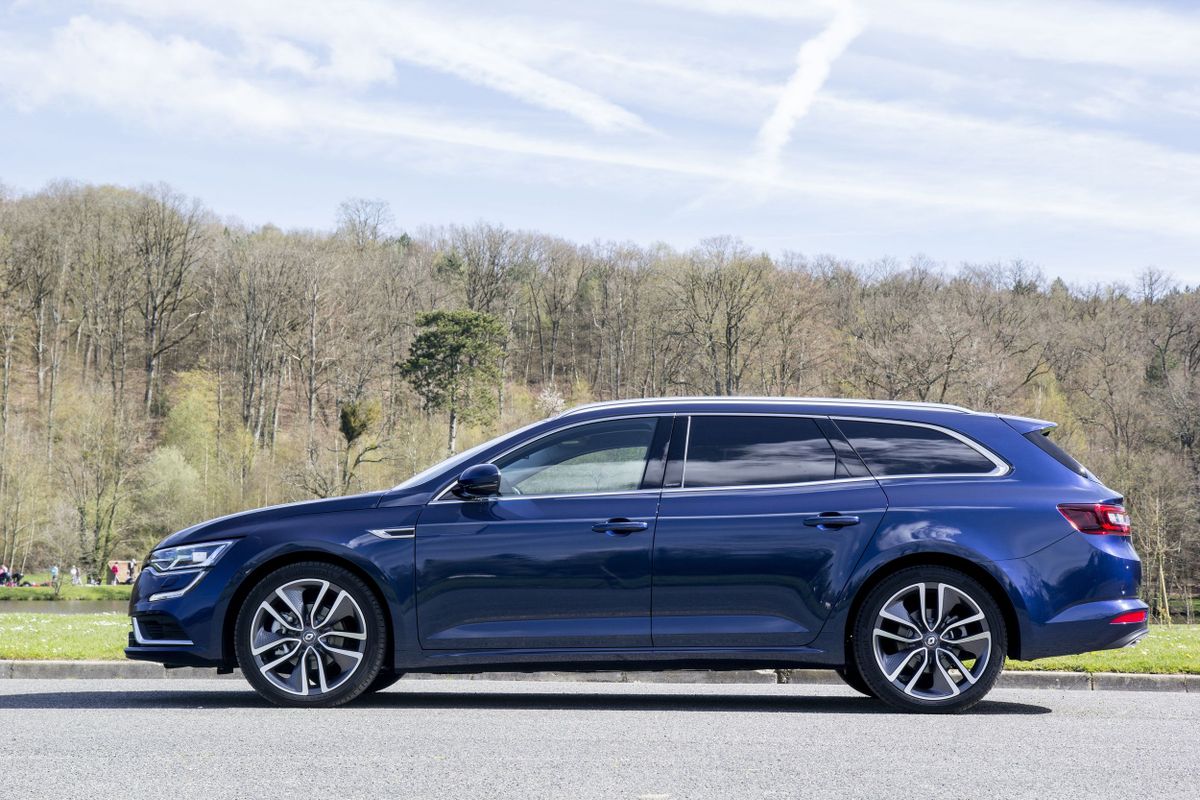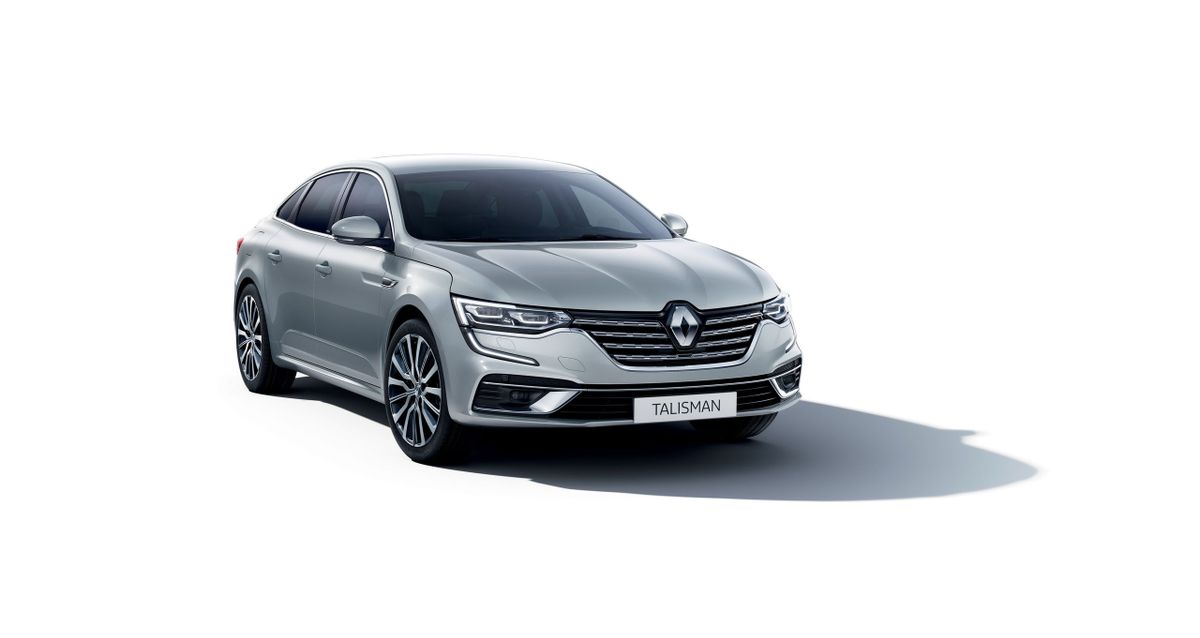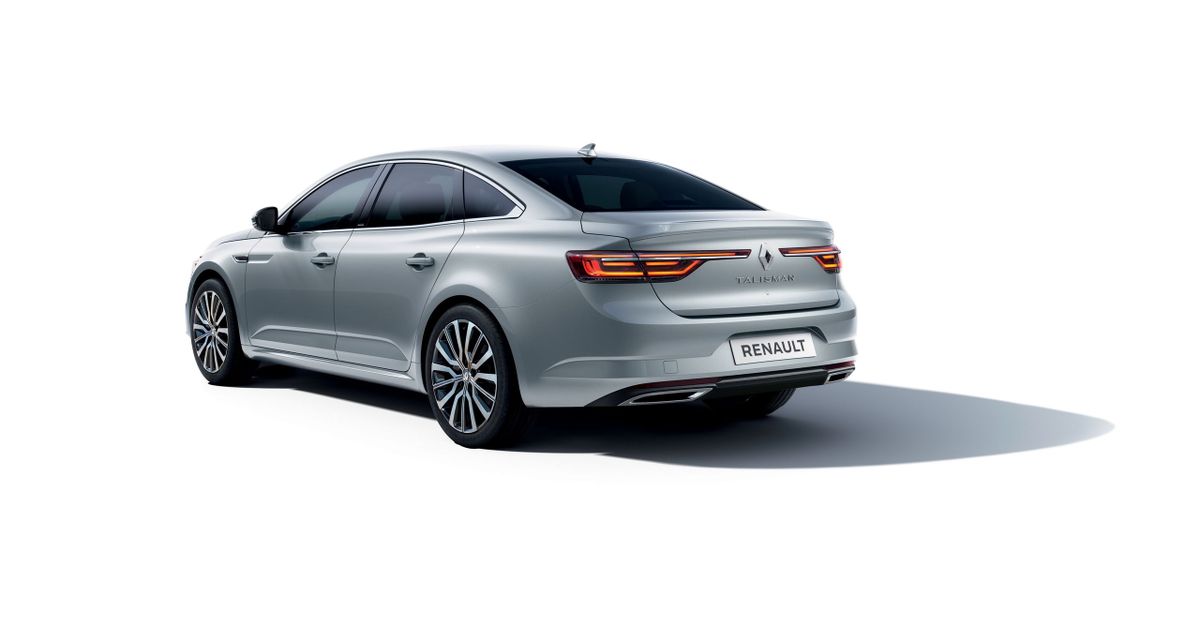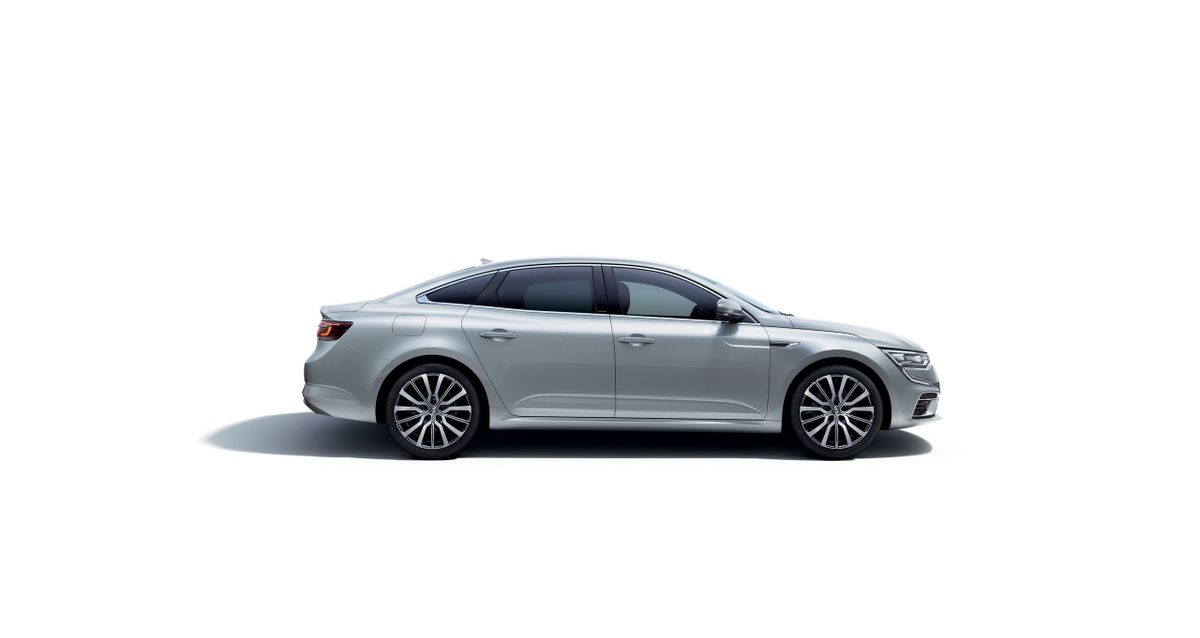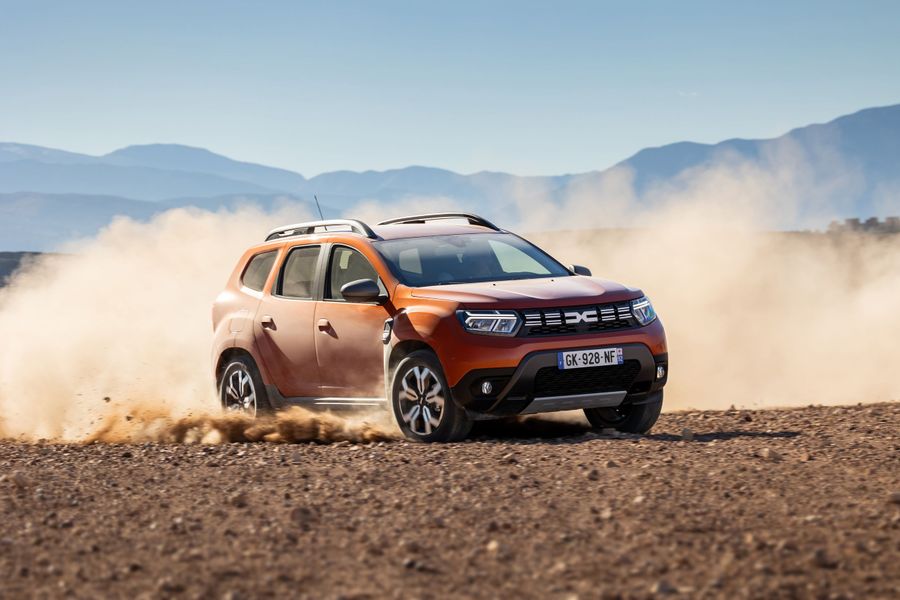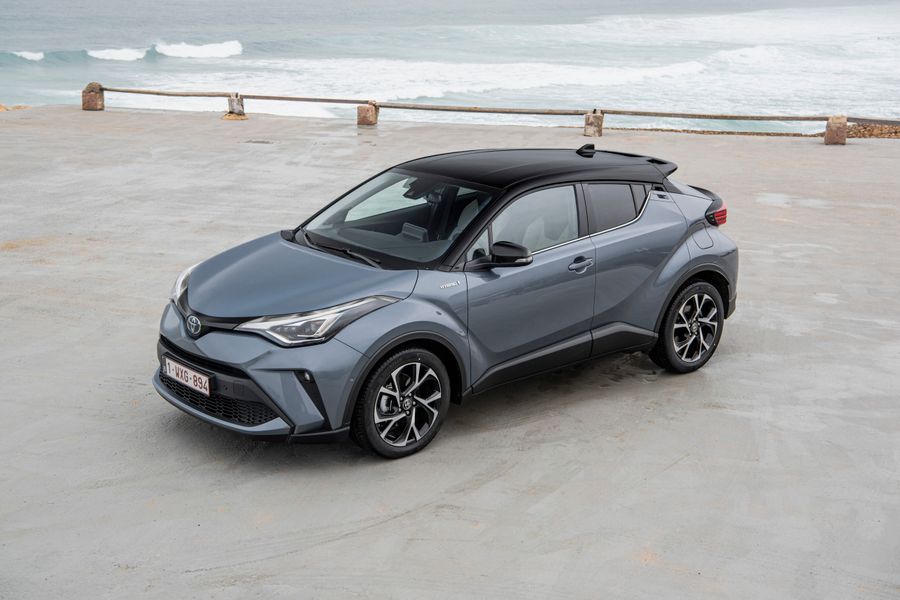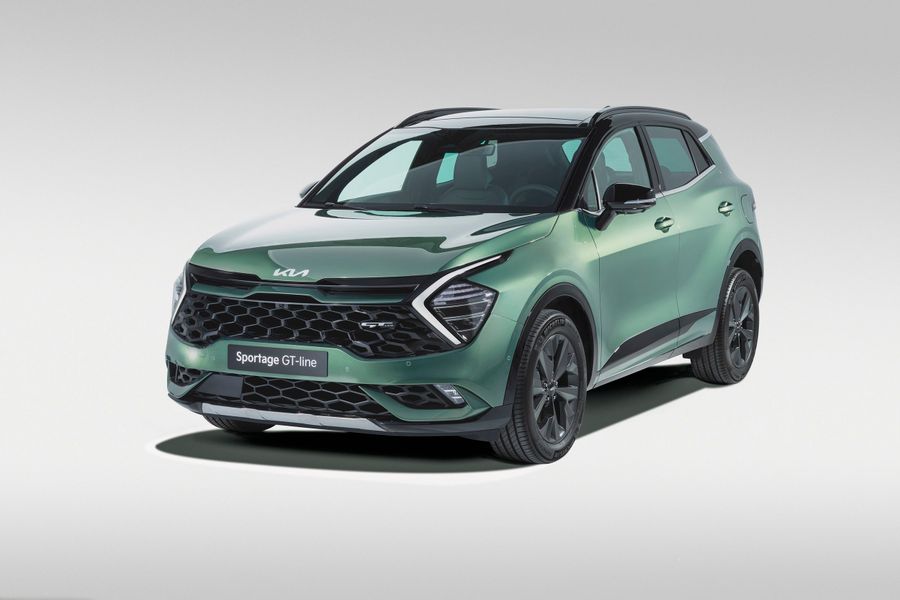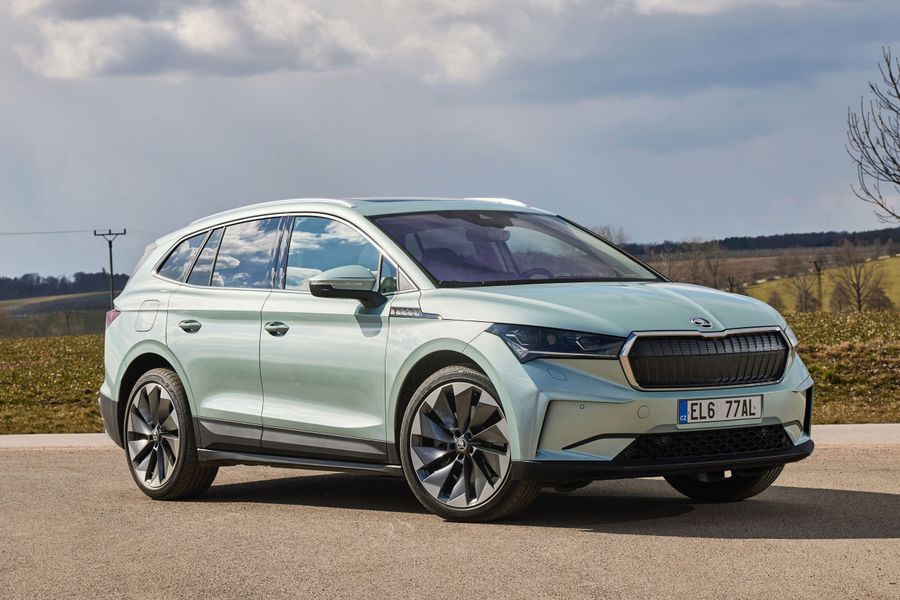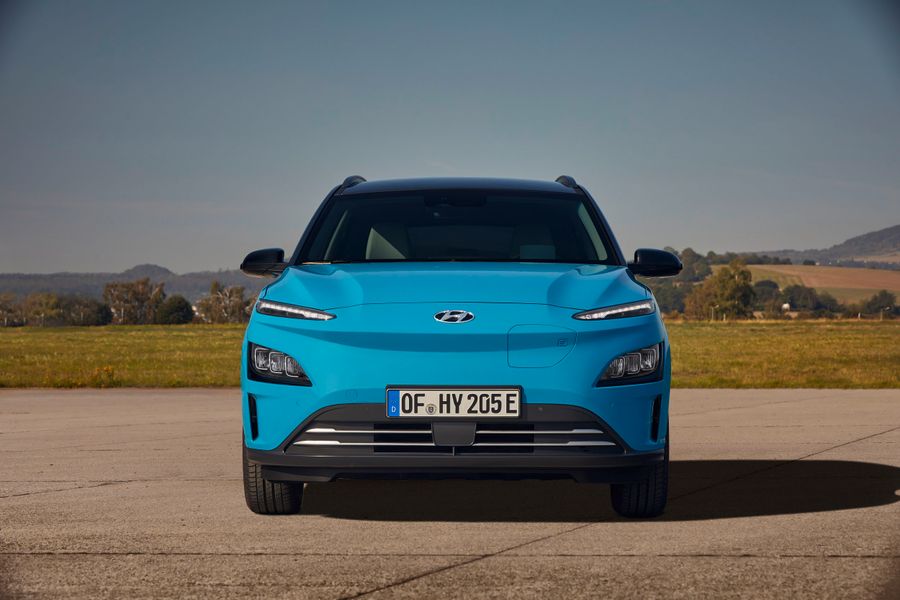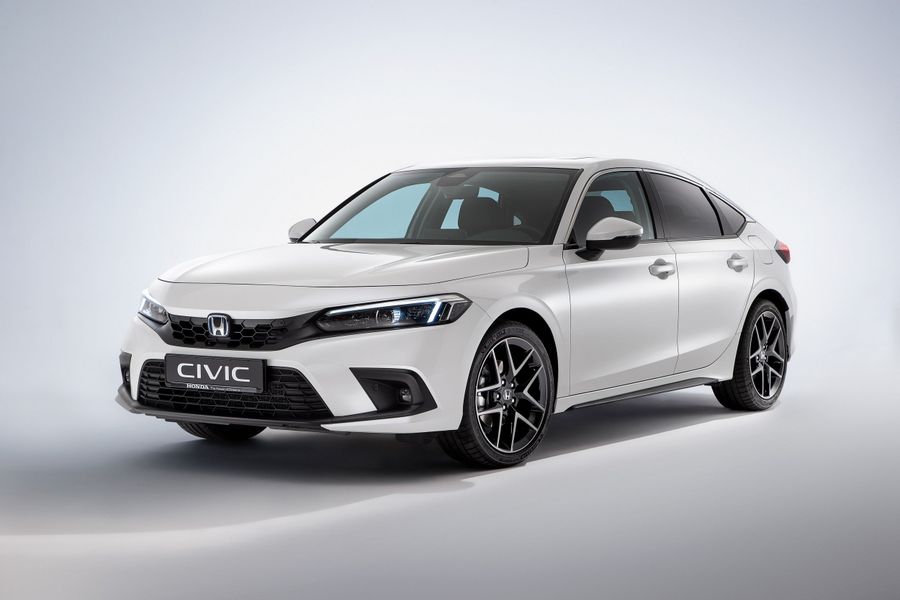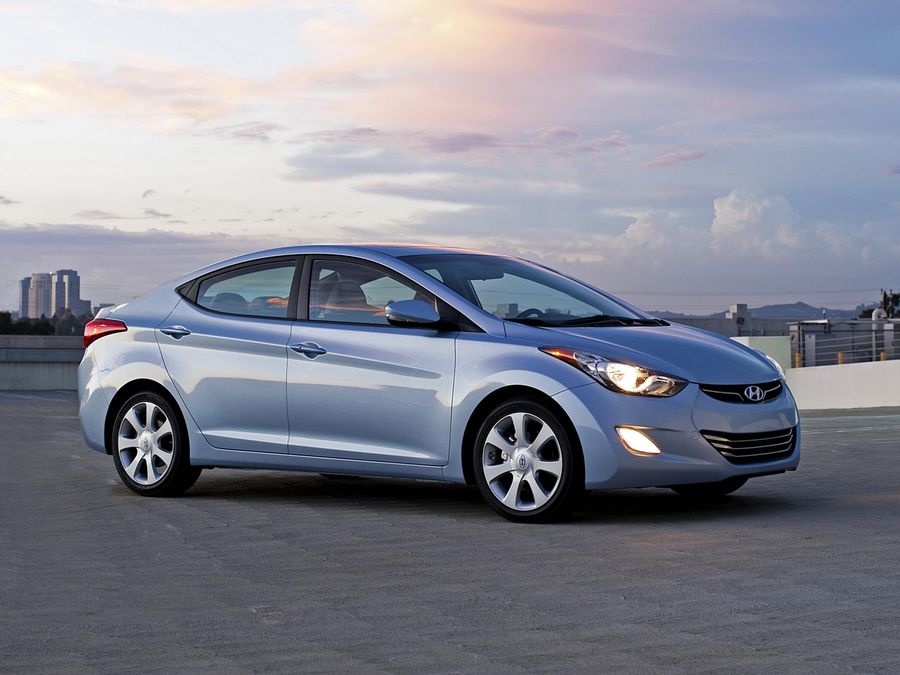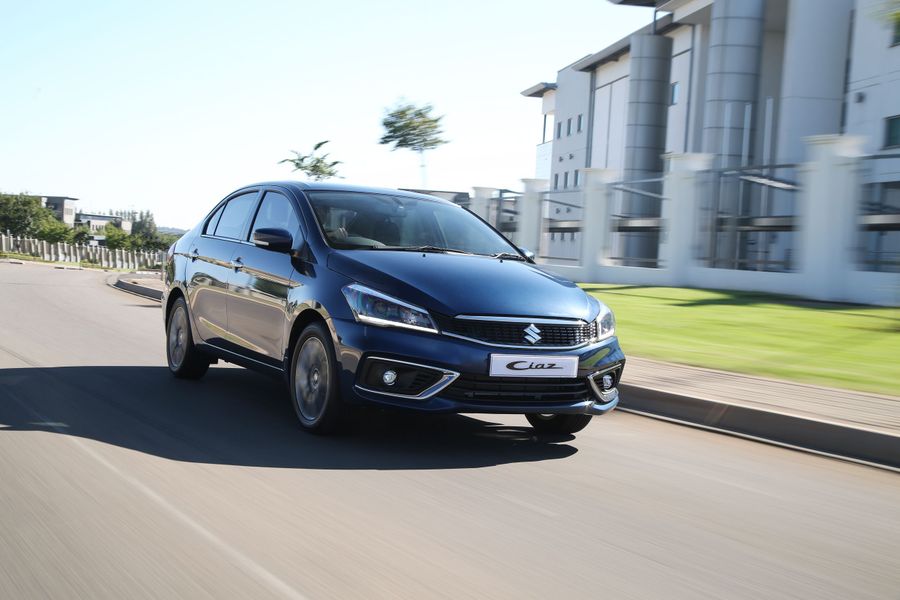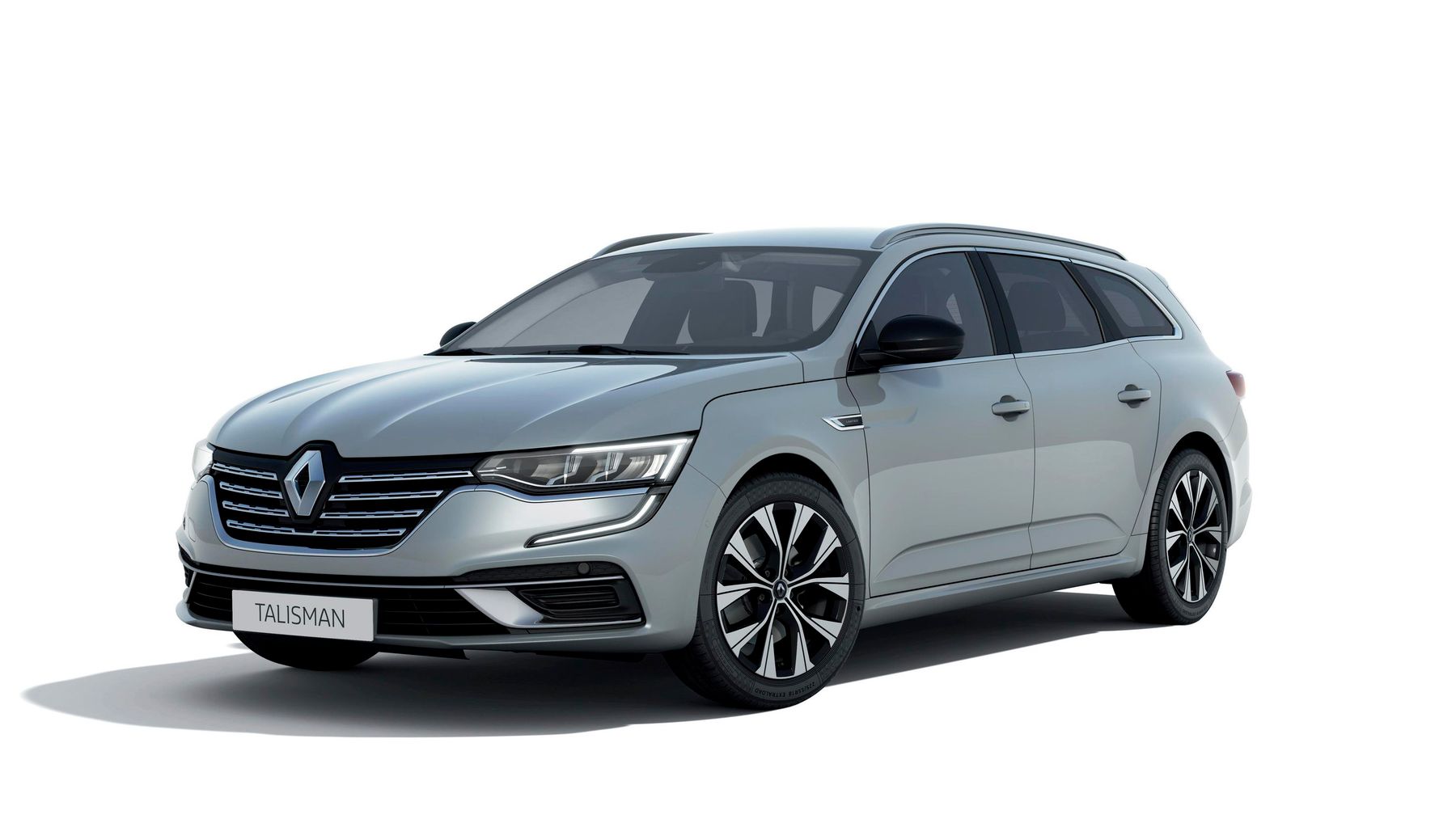
Renault Talisman. Underrated family keeper
The Renault Talisman is a 4-door 5-seater mid-size family car that belongs to the D-segment (according to the European classification). The model has been produced since 2015 in sedan and estate bodies. According to Renault, since its launch, people have purchased the Talisman primarily for its design, and not even for its good capacity and versatility. At the same time, only 16,405 cars were sold in Europe in 2019. This means that there are not so many connoisseurs of style. And the Renault Talisman is not officially sold in Israel. Maybe that’s why the production of these cars will be terminated in March 2022.
The car is built on the CMF-CD platform, which was jointly developed by Renault and Nissan. The Talisman is Renault’s second vehicle to be based on this platform after the Espace. It has replaced two cars at once, including the Laguna sedan and the Latitude estate. The new platform provides a more spacious interior than the previous model, which was not very successful. In general, thanks to the embossed stamping on the body panels and the flowing silhouette lines, the Renault Talisman looks swift, but at the same time elegant. Stylish design is indeed one of its important advantages, as the car perfectly emphasizes the character and individuality of its owner, but at the same time, other advantages of the Talisman are unfortunately underrated.
The first generation
The first Talisman sedan was presented on July 6, 2015. Renault focused on design, equipment and comfort to regain market share in the family car segment. At the same time, the Renault Talisman even then looked a little conservative, but this was because the manufacturer wanted to make the car look classier and attract corporate buyers. The Talisman turned out to be slightly more compact than the Latitude model. It was 4,850 mm long (37 mm shorter), 1,870 mm wide (38 mm wider) and 1,460 mm high (23 mm lower). The wheelbase was 2,808 mm, which was about 5 cm longer than that of the previous models. The trunk volume was impressive: 608 liters.
The Talisman was equipped with a 1.6-liter ТСе turbocharged gasoline engine with two output options (150 or 200 hp), coupled with the 7-speed EDC7 robotic gearbox. There were also three dCi diesel engines (110, 130 or 160 hp), which were paired with a 6-speed robotic gearbox or manual transmission. The car featured a MacPherson strut independent suspension at the front and semi-independent suspension at the rear. For a surcharge, it was possible to order electronically controlled shock absorbers and a fully controlled chassis, the 4Control system. The rear wheels turned slightly to one side or the other, depending on speed and road conditions.
The Renault Talisman’s stylish design perfectly emphasizes the character and personality of its owner
The car came with a Multi-Sense package, which was responsible for the operation of the powertrain, steering and adaptive suspension. It had five modes: Comfort, Eco, Sport, Neutal and customizable Perso. The system changed the soundtrack of the engine through the sound system speakers. The model had a digital dashboard and optional multimedia system with a touchscreen from 4.2 to 8.7 inches, and the front seats were ventilated and had a vibration massager function. The equipment included adaptive cruise control, lane departure warning, traffic sign detection system with overspeed warning and blind spot warning.
In 2018, Renault introduced a ‘slightly sporty’ variant of the Renault Talisman with a 1.8-liter gasoline engine (S Edition). Renault Samsung presented a slightly modernized model with some external changes, equipment updates and new body paint options on the South Korean market. In July 2019, the manufacturer introduced a deluxe version, called Premiere.
2020 restyling
The new 2020/2021 Renault Talisman has become more technologically advanced, featuring new LED matrix headlights with adaptive lighting, a 10.2-inch digital dashboard, a 9.3-inch Easy Link touchscreen infotainment system and a range of advanced assistance systems driver (ADAS). The radiator grille has retained their shape, but has different horizontal bars. The design of the front bumper is the same, although there is now a chrome-plated cross-member and ‘wells’ for fog lights. The LED Matrix Vision headlights cover 220 m (versus 175 m). The Highway & Traffic Jam Companion quasi-autopilot keeps the Talisman in the center of the lane at speeds up to 160 km/h. Automatic braking not only notices pedestrians but also cyclists. The car has already had other advanced safety systems in the past.


